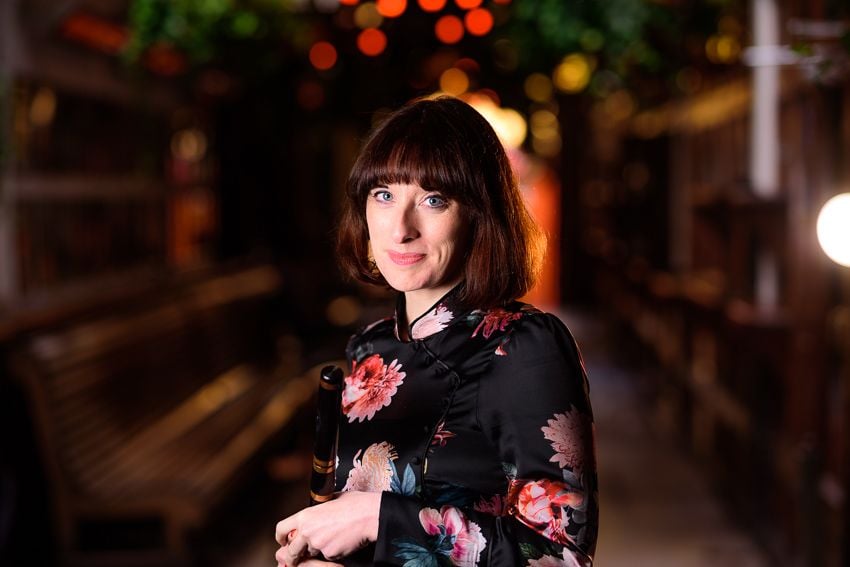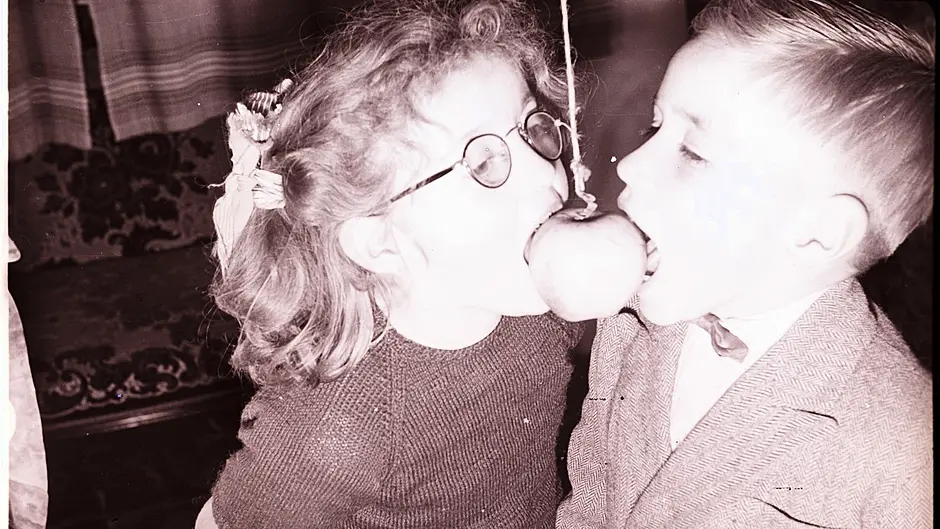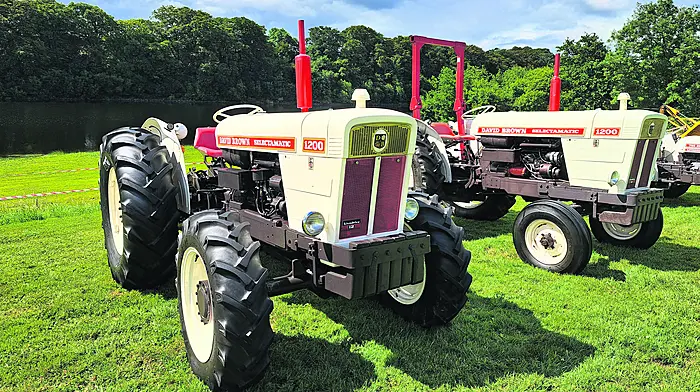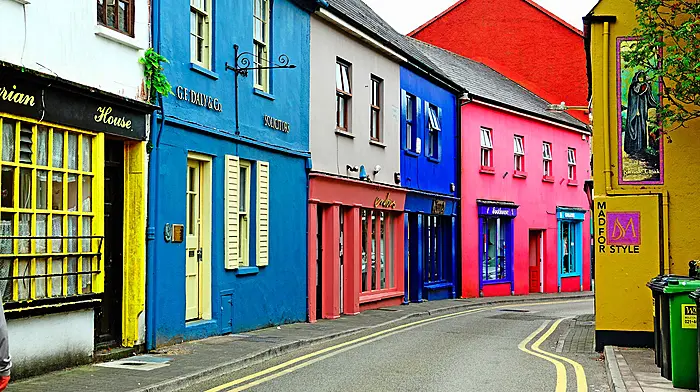The ancient Celtic festival and precursor to Halloween has been celebrated in West Cork long before the modern ‘spooky’ season, writes Mary McCarthy
THE tradition of festive games, being played at home, goes far beyond Halloween in West Cork, dating back to the ancient Celtic festival of Samhain.
‘Samhain traditions go back centuries in Ireland. West Cork has celebrated this festival with games at home, even in recent times. Halloween is believed to have developed from Samhain,’ said Dr Aoife Granville, PhD, lecturer in folklore and ethnology at UCC.
 Dr Aoife Granville lectures in folklore and ethnology in UCC.
Dr Aoife Granville lectures in folklore and ethnology in UCC.‘On Oíche Shamhna (October 31st), it was believed that the veil between this world and the Otherworld was at its thinnest and passing through the divide was easier. Many of the traditions around the night are associated with the Otherworld and forecasting,’ Aoife said.
Samhain is one of the Celtic quarter days which divided the year equally into four seasons in pre-Christian times. Imbolc (Feb 1), Bealtaine (May 1), Lughnasa (August 1) and Samhain (Nov 1). Our modern-day bank holidays fall around these times.
The Celts believed that the quarter days began at sunset. Many of the traditions associated with these festivals are associated with the eve.
‘These celebrations were hugely significant,’ said Aoife. ‘The rituals and traditions combined would ensure plentiful crops and prosperity for the community.’
The dark season began with Samhain. This was when preparations were made for the winter and animals were brought in.
‘The association of Samhain, and late Halloween, with the Otherworld is the most significant thing. Storytelling is associated with the night. Meeting spirits on the road home on Samhain night were commonly told with warnings to the young and not so young, concerning not to go out walking at night,’ she added.
Children’s games have always played a part in Samhain and Halloween celebrations in the home.
Apples, nuts, and Barmbrack have been associated with this night for centuries. The games were just for the family to have fun with.
‘Halloween is as big a celebration here as it is elsewhere and I think in more recent years the idea of things like “trick or treating” has changed,’ said Aoife. ‘Most kids would have gone trick or treating in my youth. However, these days, there are worries about safety. I am not so sure it is the same now. In certain areas, it is still celebrated by primary school-aged kids. Theme parties are there for university students. This depends on the region, But I think of late, there is more of an interest, generally, in the older traditions connected to Samhain and the other Celtic festivals.’
Associated with the quarter days in the Irish tradition was forecasting and telling the future. People loved predicting life events, love, and more.
 The Day of the Dead in Mexico.
The Day of the Dead in Mexico.
‘The Barmbrack was commonly available throughout the country,’ mentioned Aoife. ‘Adding items to it when baking was popular. Each item received in a slice has a different meaning. Common ones include:
A Ring: You will marry in the coming year
A Pea: You won’t marry any time soon!
A piece of cloth: Poverty/Bad luck
A stick: A dispute/unhappy marriage
A coin: Riches on the way
A religious medal: you would become a priest/nun
A thimble: Spinsterhood beckoned.
Samhain was generally celebrated in Ireland. Apples, nuts, colcannon, and champ food, were commonly eaten at Samhain time before the Church holiday on November 1st when there was abstinence from meats.
It is thought that the traditions were brought to the US in particular and developed into what is now known as Halloween. Traditions honouring the dead and similar ideas such as Mexico’s Day of the Dead (November 2) were also in diaspora communities in the US.
‘We grew up hearing them as children and being mindful of the certain place you may meet the fairies and certain people that had passed away, on the road. I feel there is less of that nowadays,’ added Aoife.
‘I know that some homes still play the games. I am not as convinced spooky Samhain stories are still being told,’ she said.
Nowadays, there are often local events in some places, where there might be fancy dress parades for families and a move away from trick or treat. Modern festivals now run around this time like Leap Scarecrow Festival which brings people together to celebrate Halloween.







